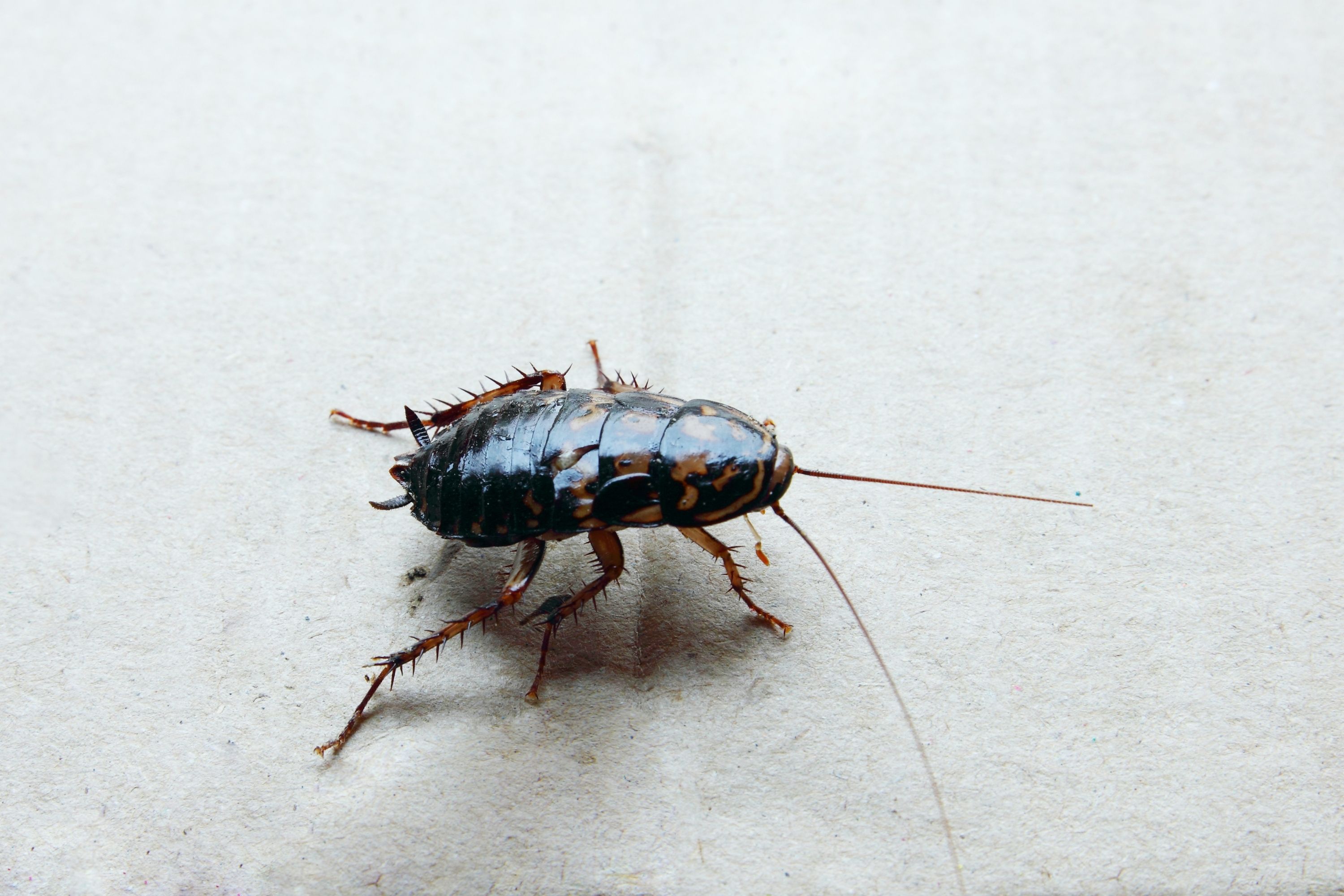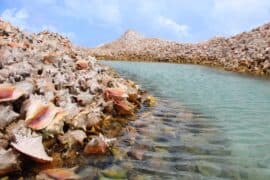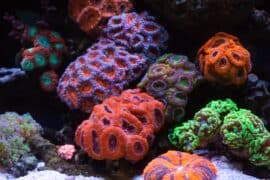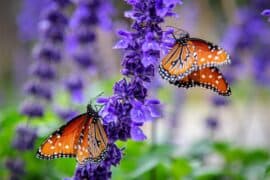Smokybrown cockroach
(Periplaneta fuliginosa)

Description
The smokybrown cockroach (Periplaneta fuliginosa) is a large species of cockroach, winged, and growing to a length of 1¼–1⅜ inch. Although closely related to the American cockroach (Periplaneta americana), the smokybrown cockroach is readily distinguishable from it by its uniformly light to dark brown–mahogany coloration. Furthermore, unlike the P. americana, which possesses a light-rimmed pattern on its thorax, the smokybrown cockroach's thorax is dark and shiny. The smokybrown cockroach is a detritivore and can feed off a wide array of organic (including decaying) matter. Like most cockroaches, it is a scavenger, whereby it feeds on many different types of foods including dry earthworms, pet food, paper, and many types of ripe fruits. The smokybrown cockroach is very common in Japan, as well as the southern United States and tropical climates; notably, it can be found in Florida, Eastern North Carolina, Louisiana, Mississippi, Texas, and other Gulf coastal states, and along the southern Mississippi River. The cockroach can also be found in Australia, such as in warmer cities like Sydney and Brisbane. Most notably in South America, these cockroaches are seen in Argentina to Paraguay geographical range. The cockroach has also been recently reported in Asia, Europe, Australia, and Northern America. The smoky brown cockroach prefers warmer climates and is not cold-tolerant. It may, however, be able to survive colder climates by going indoors. It often lives around the perimeter of buildings especially places where these insects can feed and confine themselves. The smokybrown cockroach may come indoors during daylight hours to look for food and even to live; generally, however, in warm weather, it will move outdoors. They tend to lose moisture twice as fast as their relative, Periplaneta Americana, therefore requiring environmental conditions with constant moisture to avoid drying out. Their activity patterns are mostly restricted to evening hours when humidity is highest. The movement to and from shelters is greatest when temperatures exceed 20°C and often becomes less when temperatures are lower than 20°C. Since adults are less susceptible than nymphs to the effects of higher temperatures, adults are more often found away from the perimeters of the house. Often during reproductive periods, females ready for egg dispersal infest homes to protect their offspring and find a convenient place to oviposit.
Taxonomic tree:







